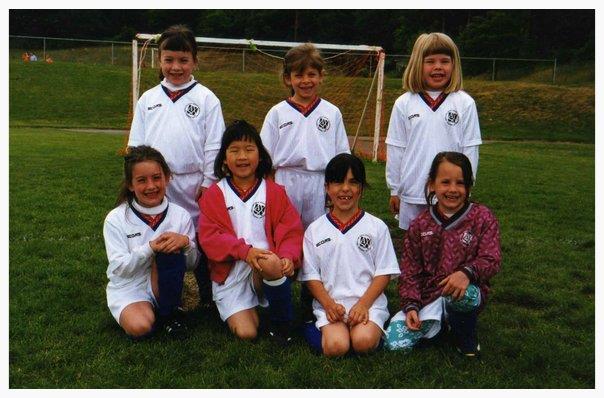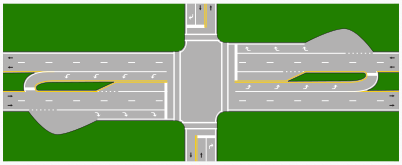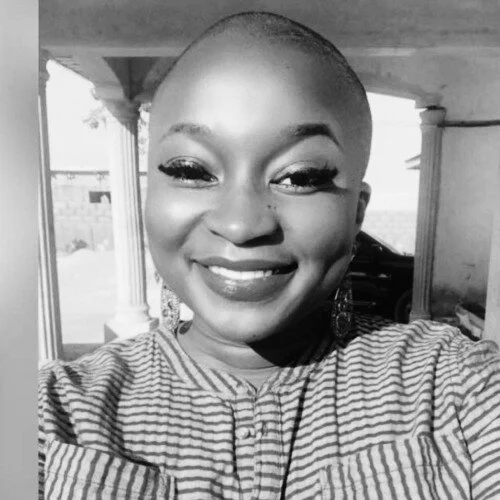This week I received an upsetting email from a Japanese friend I will call Kaori. She was distressed over a minor traffic incident in her town in Michigan. She was in the drive-thru lane at the credit union to use the ATM when her minivan was bumped from behind. The driver behind her laid on the horn, so Kaori turned off the engine and went outside to look for damage. The driver, a 30-ish white female, was yelling at Kaori, criticizing her for backing into her car. My friend tried to explain that she couldn’t have been backing up since her transmission was in drive and she was only applying the brake as the line inched forward.
Although there was no damage to either car, the woman continued her attack, saying Kaori should “consider yourself lucky [there was no damage]." As there was no damage, Kaori turned to go back to her vehicle. Yet, the woman persisted, "Don’t you know how to drive!? Go back to China!"
Shocked, and unfamiliar with such behavior, Kaori could only mutter, "Excuse me?" She realized she wasn’t obligated to explain that she was Japanese, not Chinese, but this first brush with racial discrimination had stung. She wondered later if she should have called the police or asked the credit union to check their security cam to identify this woman. Although her car was not damaged, Kaori’s sense of safety most certainly was. Suddenly, for the first time in a decade, she did not feel welcome in her adopted community.
Her concerns linger: would she run into this woman again at the grocery store...or at the community center...or her daughters’ school? Would other white people treat her poorly in public? She turned to a trusted American ally for help. What follows is my response.
Dear Kaori,
Three things come to mind. First of all, I'm very sorry this happened to you. No one deserves to be treated so rudely. And I'm very sad that a fellow Michigander behaved this way.
This woman was clearly out of bounds with her response. Maybe she was having a bad day. Maybe she has mental illness. Worse, she possibly grew up (and still lives?) in a family where abusive, angry behavior are normal. This is not the kind of thoughtful, gracious behavior we want to model for our kids. And we have higher aspirations for ourselves. I'm sorry this person does not.
Finally, calling you Chinese is an act of "othering," of assigning you to a group she considers bad and outside her circles of inclusion. When people, full of anger, reach into their bag of insults, they reveal to us the identities they consider most vile or unlike themselves. Had it been someone who was gay, intellectually impaired, Muslim, obese, or black, I can easily imagine she would have pulled up labels like F*gg*t, the R-word, Terrorist, Fatso, or the N-word. I blame people like Donald Trump for giving permission today to be so uncivil and bigoted in public. However, those "othering" impulses are a fact of life. We need to suppress those instincts and aspire to be more charitable.
Long-distance hugs,
Alan
If you were to make a teachable moment out of this event, what would you do? Could you share this story with your children? Would you perhaps take this to your children’s school teachers? Maybe write a letter to the editor of the local paper?
While this white woman’s behavior was unkind and bigoted, our goal is not to punish her. Our goal is to learn from such incidents and elevate our public discussions going forward. In 2042, the U.S. census is predicted to see the white (Euro-American) population dip below 50%, meaning people of color will jointly be a racial majority.
The short-sighted understanding of our nation’s ethnic make-up is poignantly represented in this comment overheard in Kaori’s local Meijer store: "Our grandparents didn't come to this country to be overrun by immigrants." After we are done cringeing, we must ask how we can acknowledge our evolving demographics in a mature and proactive way.
Please share with us your thoughts. Comments are welcome from immigrant and non-immigrant Americans alike.
























